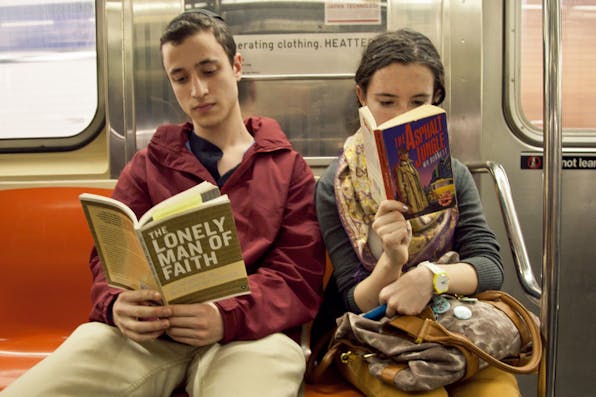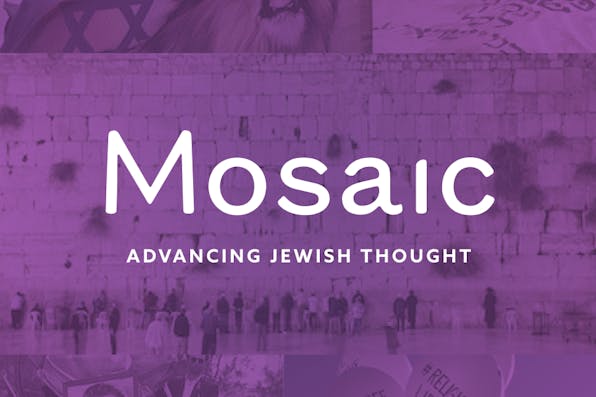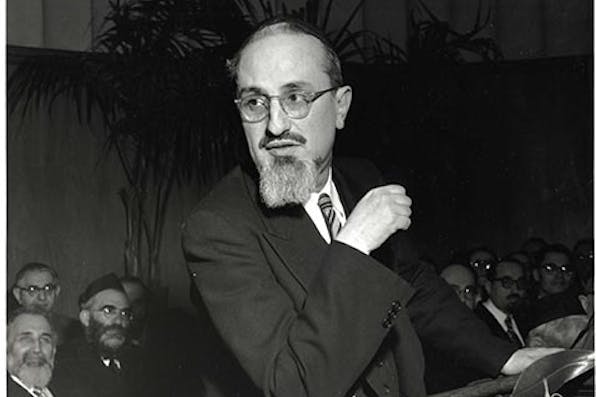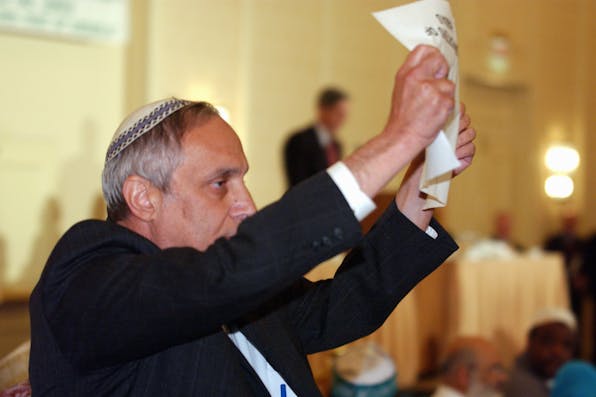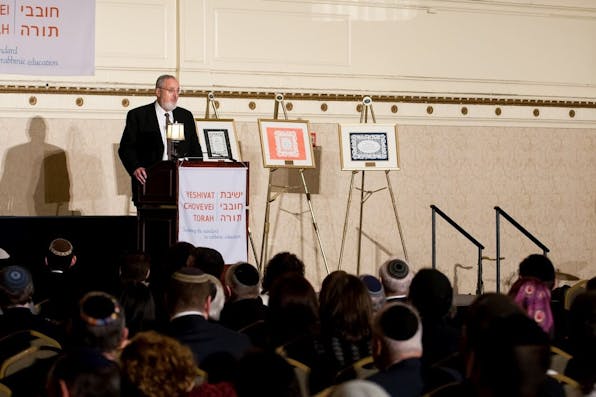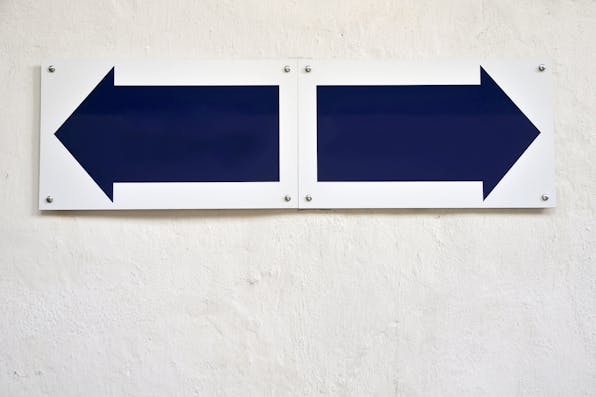
August 18, 2014
Why Modern Orthodoxy Is in Crisis
A realignment is occurring in the Orthodox world; to flourish, the Modern Orthodox need to recover their sense of collective purpose.
In his erudite and thoroughly researched assessment of American Modern Orthodoxy, Jack Wertheimer details the considerable strengths of this religious stream while also revealing the complex challenges it faces. In the past decade, controversies brewing since the 1980s have heated up and sharpened long-existing divisions, especially those related to the involvement of women in positions of ritual and community leadership. The rifts are serious enough to raise the specter of an imminent rupture of the historic alliance between Modern Orthodox “syncretists”—the sociologist Samuel Heilman’s term for those who fully “embrace the modern world”—and reluctant “tolerators” of that world’s cultural realities, not to mention the many who are somewhere in the middle.
In what follows, I mean to augment Wertheimer’s analysis by introducing a number of potent factors that seem to me critically relevant to the current situation. I will concentrate on three such factors, beginning with the influence of Israeli-style Orthodoxy on its American cousin.
Wertheimer notes the adoption of “haredi-like” attitudes and behaviors by some Modern Orthodox Jews. As others have observed, this often begins in the course of pre- or post-college stints in Israeli yeshivas and seminaries. By no means, however, does the process occur only in those yeshivas and seminaries that gravitate explicitly toward the haredi outlook; it can be observed as well in some religious-Zionist institutions that are ambivalent toward secular culture and encourage strict religious conformity.
